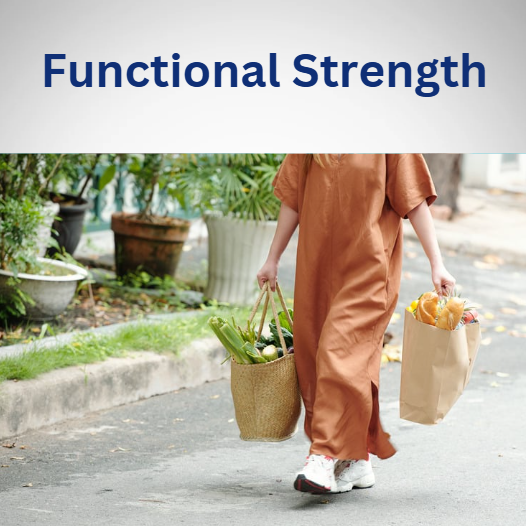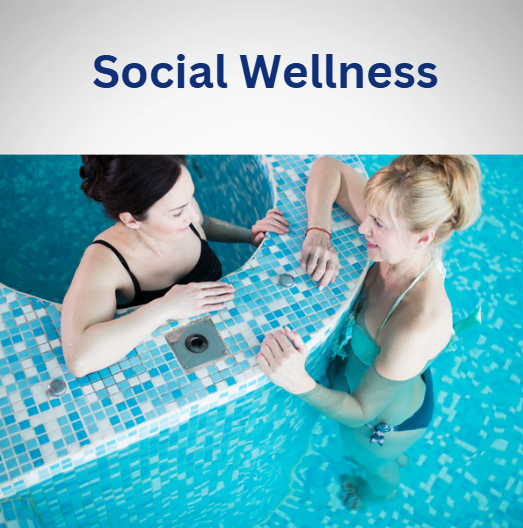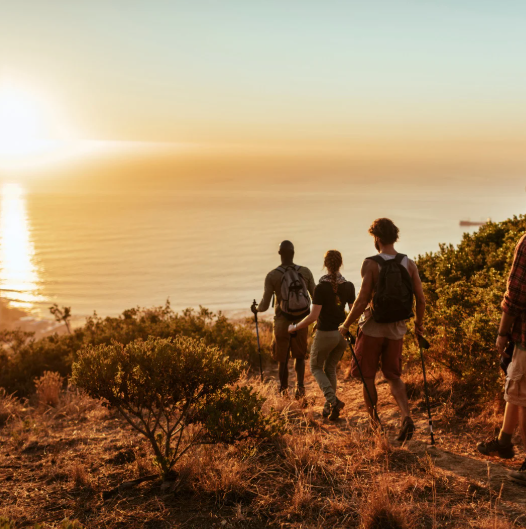
The 100-Year Move:
How to Build Lifelong Strength & Mobility
What is "The 100-Year Move"?
Why do some people stay active and mobile well into their 100s, while others slow down and struggle with mobility?
The answer lies in how we move—consistently, naturally, and purposefully. "The 100-Year Move" is about embracing movement as a way of life, not just an isolated workout.
This philosophy is drawn from the world’s longest-living communities, where movement is seamlessly woven into daily routines. Unlike traditional exercise routines, these habits foster longevity, strength, and vitality.
What We Learn from the World’s Healthiest Communities
Across the world’s healthiest communities—like those found in Okinawa, Sardinia, Nicoya, Ikaria, and Loma Linda—people don’t "work out."
Instead, they live in a way that naturally keeps them strong. They garden, walk hilly landscapes, kneel instead of sitting in chairs, carry baskets, and engage in social movement activities like dancing and group walks.
Fort Worth, Texas, has incorporated similar principles, proving that modern communities can embrace these longevity-enhancing habits.
-
Move Regularly (No Gym Required):
Make walking a natural part of your day—for work, errands, or social time.
-
Use Your Body Naturally:
Lift, carry, bend, and kneel daily to build lifelong strength and mobility.
-
Embrace Play & Connection:
Stay active with pickleball, group walks, and social wellness events.
How to Integrate the 100-Year Move Into Your Life
Rather than compartmentalizing movement into a gym session, incorporate it into your day. Here’s how:
-
Micro-Movements (Small, actions - lasting strength)
Stand while working or take frequent standing breaks.
Incorporate balance drills (stand on one leg while brushing your teeth).
Stretch throughout the day—focus on the hips, shoulders, and spine.

-
Functional Strength (Strength training, built into daily life)
Walk on hills or stairs to build leg endurance.
Carry groceries or weighted backpack to strengthen the core & grip.
Engage in bodyweight movements like squats while doing household tasks.

-
Social Movement (Enjoyable, not forced)
Join a dance class or community movement event.
Play pickleball, walk with a friend, or do an outdoor activity.
Opt for active social outings like hiking, gardening, or playing with kids.

Your 7-Day Blue Print
Your 7-Day Blue Print
This simple, realistic plan incorporates the natural movement habits of the longest-living communities:
Day 1:
Start your day with a morning walk, even just 5-10 minutes.
Day 2:
Do one chore using functional movement (squat to pick things up, carry heavy objects, or kneel while gardening).
Day 3:
Practice balance—stand on one foot while brushing your teeth.
Day 4:
Walk or stretch after every meal.
Day 5:
Find a hill or stairs and walk up and down for 5-10 minutes.
Day 6:
Engage in a playful movement activity (dancing, playing a game, or stretching with a partner).
Day 7:
Reflect—what movement felt best? Plan to incorporate it regularly.
Ready to Move Like the World's Longest-Living People?
Now that you understand the power of natural movement, it’s time to dive deeper into unique approaches to lifelong strength and mobility.
From the agility of Okinawans to the shepherd-inspired endurance of Sardinians, every culture has valuable lessons to share.
Explore the next blogs to discover how these communities stay active without structured workouts—and how you can apply their methods to your own life.
Which movement philosophy will you try first?
